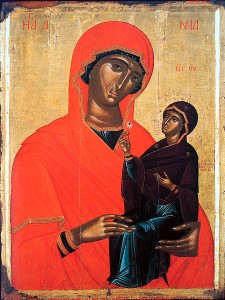
Today is the Feast of the Immaculate Conception in the Catholic Church, which dates back to the 7th century when Eastern churches began celebrating the conception of the Blessed Virgin Mary. That is the origin of the feast, but the feast day as we know it today in the West dates back to around the 11th century.
The “immaculate conception” does not refer to the conception of Christ by the Holy Spirit but, instead, refers to Mary’s own immaculate conception in the womb of her mother, St Anne, which meant that Mary had been conceived free from the taint of original sin.
Read more… in my article from 2011.